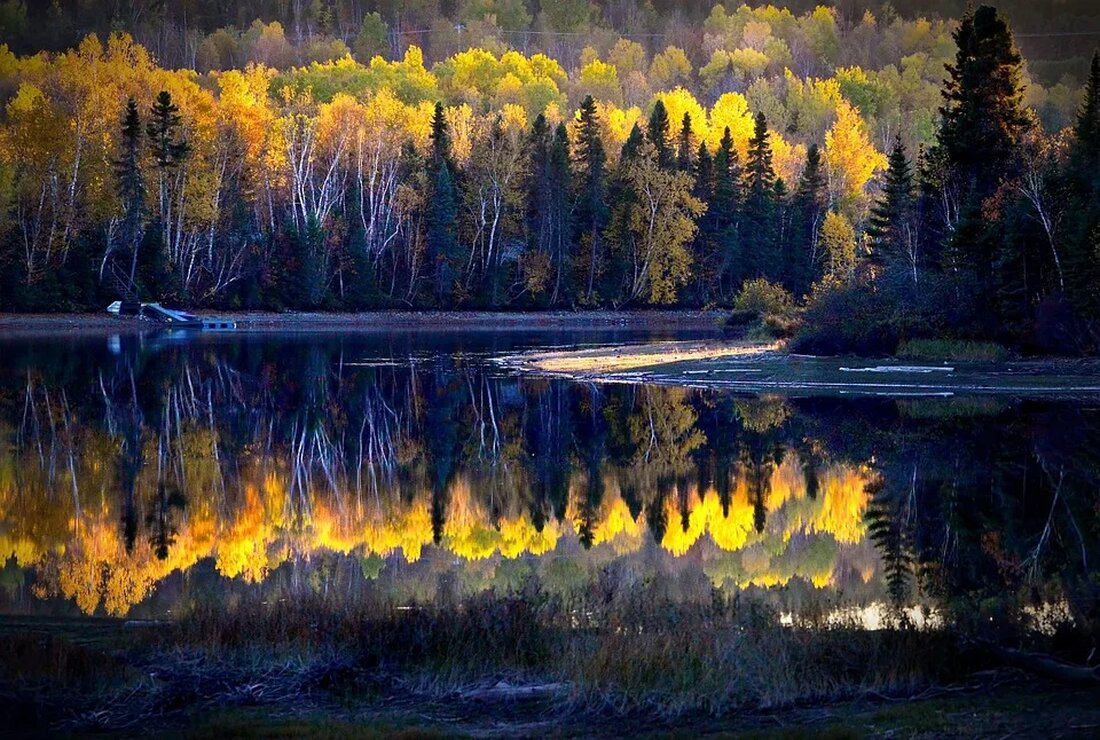Climate Change and Biodiversity: A Dilemma
Earth – our beautiful blue planet, home to millions of species, including us humans. The immense diversity of these species, known as biodiversity, is what makes our planet functional and livable. But our planet is facing a huge challenge: climate change and its serious impact on biodiversity. This is not a new myth and is no longer up for debate. Numerous scientific studies have shown the connection between climate change and changes in biodiversity. Climate change: causes and effects What is climate change? Climate change refers to long-term changes in temperature, precipitation, wind patterns and other aspects of the Earth's climate system. …

Climate Change and Biodiversity: A Dilemma
Earth – our beautiful blue planet, home to millions of species, including us humans. The immense diversity of these species, known as biodiversity, is what makes our planet functional and livable. But our planet is facing a huge challenge: climate change and its serious impact on biodiversity. This is not a new myth and is no longer up for debate. Numerous scientific studies have shown the connection between climate change and changes in biodiversity.
Climate change: causes and effects
What is climate change?
Climate change refers to long-term changes in temperature, precipitation, wind patterns and other aspects of the Earth's climate system. It is a natural phenomenon, but one that has been significantly accelerated by human activities such as burning fossil fuels, industrial processes and land use changes.
Consequences of climate change
Changes in climate patterns lead to extreme weather events such as droughts, storms and floods. There are also less obvious but no less disruptive effects, such as melting glaciers and poles and rising sea levels. Climate change affects not only our urban or rural habitats, but all natural ecosystems on earth.
Climate Change and Biodiversity: The Connection
Direct effects
The warming of the planet leads to a shift in the habitats of animals and plants. Species adapted to specific climatic conditions cannot keep up with warming and are losing their habitats. This can mean the extinction of species that are unable to adapt to new conditions or move to new areas.
Indirect effects
While some species may become extinct due to climate changes, other species are expanding into new areas, which in turn affects local biodiversity. The disappearance of a species can also have drastic consequences for the species that depend on it and can trigger a chain reaction that destroys entire ecosystems.
Impact on different ecosystems
Forests
Forests are habitats for countless animal and plant species and therefore play a crucial role in the biodiversity of our earth. However, changes in climate are leading to stronger and more frequent forest fires, pest infestations and diseases, leading to a reduction in biodiversity.
Oceans
Oceans cover over 70% of the Earth's surface and are home to an indescribable variety of species. However, warming oceans, sea level rise and sea acidification threaten many marine life, particularly coral reefs, which are considered "hotspots" of marine biodiversity.
Polar regions
Despite their cold and extreme environmental conditions, the polar regions are home to many unique species. However, climate change and melting ice threaten the survival of many polar species, including polar bears, seals and various species of penguins.
The dilemma: Can biodiversity loss be prevented?
The solution seems simple – we have to stop climate change. However, in practice this is not so easy. Eliminating or reducing human impact on the climate requires global cooperation, sustainable practices and perhaps drastic changes to our way of life.
Adaptation of species
Some species can adapt to climatic changes, either through evolutionary processes or through behavioral changes. But these adaptations cannot occur simultaneously or quickly enough in all species. And in some cases, climatic conditions change too drastically and too quickly for adaptation to occur.
Protection and restoration of natural habitats
One way to protect biodiversity is to protect and restore natural habitats. This can be achieved through the establishment of protected areas, reforestation and the restoration of degraded habitats. Such measures can help species survive in their natural habitats and can also help mitigate climate change.
Conclusion
The dilemma of climate change and biodiversity is complex and requires a coordinated global effort. While individual efforts are important, political action and international cooperation are also needed to address this water.
By acting now and finding ways to both reduce climate change and protect biodiversity, we can preserve the planet for future generations. Our planet is home to all of us. It is our responsibility to protect him.

 Suche
Suche
 Mein Konto
Mein Konto
